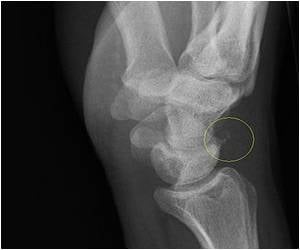Scientists have developed a new cognitive test that can determine whether memory impairments are due to very mild Alzheimer's disease or the normal aging process.

The Alzheimer's Association estimates that the number of Americans living with Alzheimer's disease will increase from 5 million in 2014 to as many as 16 million by 2050. Memory impairments and other early symptoms of Alzheimer's are often difficult to differentiate from the effects of normal aging, making it hard for doctors to recommend treatment for those affected until the disease has progressed substantially.
Previous studies have shown that a part of the brain called the hippocampus is important to relational memory – the "ability to bind together various items of an event," said Jim Monti, a University of Illinois postdoctoral research associate who led the work with psychology professor Neal Cohen, who is affiliated with the Beckman Institute at Illinois. Being able to connect a person's name with his or her face is one example of relational memory. These two pieces of information are stored in different parts of the brain, but the hippocampus "binds" them so that the next time you see that person, you remember his or her name, Monti said.
Previous research has shown that people with Alzheimer's disease often have impairments in hippocampal function. So the team designed a task that tested participants' relational memory abilities.
Participants were shown a circle divided into three parts, each having a unique design. Similar to the process of name-and-face binding, the hippocampus works to bind these three pieces of the circle together. After the participants studied a circle, they would pick its exact match from a series of 10 circles, presented one at a time.
Source-Eurekalert















